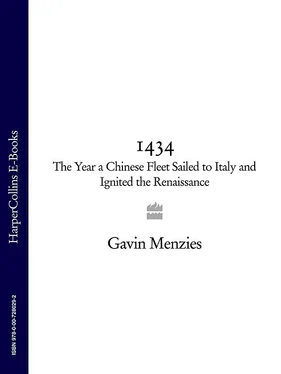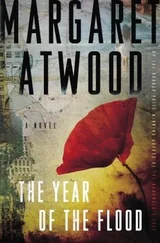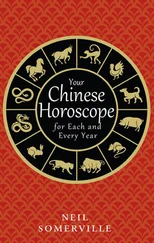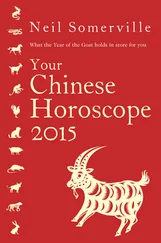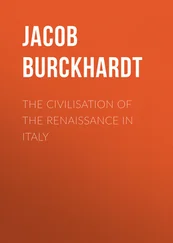The mystery only deepens when we consider the two cartographers, Waldseemüller and Schöner. Were these two hoary old sea captains who had made heroic voyages across the Pacific before Magellan? Should we rename the strait after Schöner? Hardly.
Schöner never went to sea. He flunked his exams at the University of Erfurt, leaving without a degree. He became an apprentice priest in 1515 but for failing to celebrate mass, was relegated to a small village, where his punishment was officiating at early-morning mass. So how did a young man from rural Germany with no maritime tradition produce a map of the Pacific well before Magellan discovered that ocean?
Like Schöner, Waldseemüller had never seen the sea. Born in Wolfenweiler near Freiberg in 1475, he spent his working life as a cannon at Saint-Dié in eastern France—a region famed for its plums but completely devoid of maritime tradition. Waldseemüller, too, left university without a degree. Yet his map of the Americas showed the Sierra Madre of Mexico and the Sierra Nevada of North America before Magellan reached the Pacific or Balboa reached its coast.
These two rustic mapmakers were not the only Europeans with an uncanny prescience about unseen lands. In 1419, before European voyages of exploration even began, Albertin di Virga published a map of the Eastern Hemisphere that shows northern Australia. It was another 350 years before Captain Cook “discovered” that continent. Similarly, Brazil appeared on Portuguese maps before the first Portuguese, Cabral and Dias, set sail for Brazil. The South Shetland Islands were shown on the Piri Reis map four hundred years before Europeans reached the Antarctic.
The great European explorers were brave and determined men. But they discovered nothing. Magellan was not the first to circumnavigate the globe, nor was Columbus the first to discover the Americas. So why, we may ask, do historians persist in propagating this fantasy? Why is The Times Atlas of World Exploration , which details the discoveries of European explorers, still taught in schools? Why are the young so insistently misled?
After 1421 was published, we set up our website, www.1421. tv, which has since received millions of visitors. Additionally we have received hundreds of thousands of e-mails from readers of 1421 , many bringing new evidence to our attention. Of the criticism we’ve received, the most frequent complaint has concerned my failure to describe the Chinese fleets’ visits to Europe when the Renaissance was just getting under way.
Two years ago, a Chinese Canadian scholar, Tai Peng Wang, discovered Chinese and Italian records showing beyond a doubt that Chinese delegations had reached Italy during the reigns of Zhu Di (1403–1424) and the Xuan De emperor (1426–1435). Naturally, this was of the greatest interest to me and the research team.
Shortly after Tai Peng Wang’s 2005 discovery, my wife, Marcella, and I set off with friends for Spain. For a decade, we’ve enjoyed holidays with this same group of friends, traveling to seemingly inaccessible places—crossing the Andes, Himalayas, Karakorams, and Hindu Kush, voyaging down the Amazon, journeying to the glaciers of Patagonia and the high Altiplano of Bolivia. In 2005 we walked the Via de la Plata from Seville, from where the conquistadores sailed to the New World, north to their homeland of Extremadura. Along the way, we visited the towns in which the conquistadores were born and raised. One of these was Toledo, painted with such bravura by El Greco. Of particular interest to me were the medieval pumps by which this fortified mountain town drew its water from the river far below.
On a lovely autumn day, we walked uphill to the great cathedral that dominates Toledo and the surrounding countryside. We dumped our bags in a small hotel built into the cathedral walls and set off to explore. In a neighboring Moorish palace there was an exhibition dedicated to Leonardo da Vinci and his Madrid codices, focusing on his pumps, aqueducts, locks, and canals—all highly relevant to Toledo.
The exhibit contained this note: “Leonardo embarked upon a thorough analysis of waterways. The encounter with Francesco di Giorgio in Pavia in 1490 was a decisive moment in Leonardo’s training, a turning point. Leonardo planned to write a treatise on water.” This puzzled me. I had been taught that Leonardo had designed the first European canals and locks, that he was the first to illustrate pumps and fountains. So what relevant training had he received from Francesco di Giorgio, a name completely unknown to me?
My research revealed that Leonardo had owned a copy of di Giorgio’s treatise on civil and military machines. In the treatise, di Giorgio had illustrated and described a range of astonishing machines, many of which Leonardo subsequently reproduced in three-dimensional drawings. The illustrations were not limited to canals, locks, and pumps; they included parachutes, submersible tanks, and machine guns as well as hundreds of other machines with civil and military applications.
This was quite a shock. It seemed Leonardo was more illustrator than inventor and that the greater genius may have resided in di Giorgio. Was di Giorgio the original inventor of these fantastic machines? Or did he, in turn, copy them from another?
I learned that di Giorgio had inherited notebooks and treatises from another Italian, Mariano di Jacopo ditto Taccola (called Taccola: “the Crow”). Taccola was a clerk of public works living in Siena. Having never seen the sea or fought a battle, he nevertheless managed to draw a wide variety of nautical machines—paddle-wheeled boats, frogmen, and machines for lifting wrecks, together with a range of gunpowder weapons, even an advanced method of making gunpowder and designing a helicopter. It seems Taccola was responsible for nearly every technical illustration that di Giorgio and Leonardo had later improved upon.
So, once again, we confront our familiar puzzle: How did a clerk in a remote Italian hill town, a man who had never traveled abroad or obtained a university education, come to produce technical illustrations of such amazing machines?
This book attempts to answer that and a few related riddles. In doing so, we stumble upon the map of the Americas that Taccola’s contemporary Paolo Toscanelli sent to both Christopher Columbus and the king of Portugal, in whose library Magellan encountered it.
Like 1421 , this book is a collective endeavor that never would have been written without the help of thousands of people across the world. I do not claim definitive answers to every riddle. This is a work in progress. Indeed, I hope readers will join us in the search for answers and share them with us—as so many did in response to 1421 .
However, before we meet the Chinese squadron upon its arrival in Venice and then Florence, a bit of background is necessary on the aims of the Xuan De emperor for whom Grand Eunuch Zheng He served as ambassador to Europe. A Xuan De imperial order dated June 29, 1430, stated:
…Everything is prosperous and renewed but the Foreign Countries distantly located beyond the sea, still had not heard and did not know. For this reason Grand Directors Zheng He, Wang Jinghong and others were specially sent, bearing the word, to go and instruct them into deference and submission…
The first three chapters of this book describe the two years of preparations in China and Indonesia to fulfill that order, which required launching and provisioning the greatest fleet the world had ever seen for a voyage across the world. Chapter 4 explains how the Chinese calculated longitude without clocks and latitude without sextants—prerequisites for drawing accurate maps of new lands. Chapters 5 and 6 describe how the fleet left the Malabar Coast of India, sailed to the canal linking the Nile to the Red Sea, then down the Nile into the Mediterranean. Some have argued that no Chinese records exist to suggest that Zheng He’s fleets ever left the Indian Ocean. Chapters 5 and 6 document the many records in China, Egypt, Dalmatia, Venice, Florence, and the Papal States describing the fleets’ voyage.
Читать дальше
